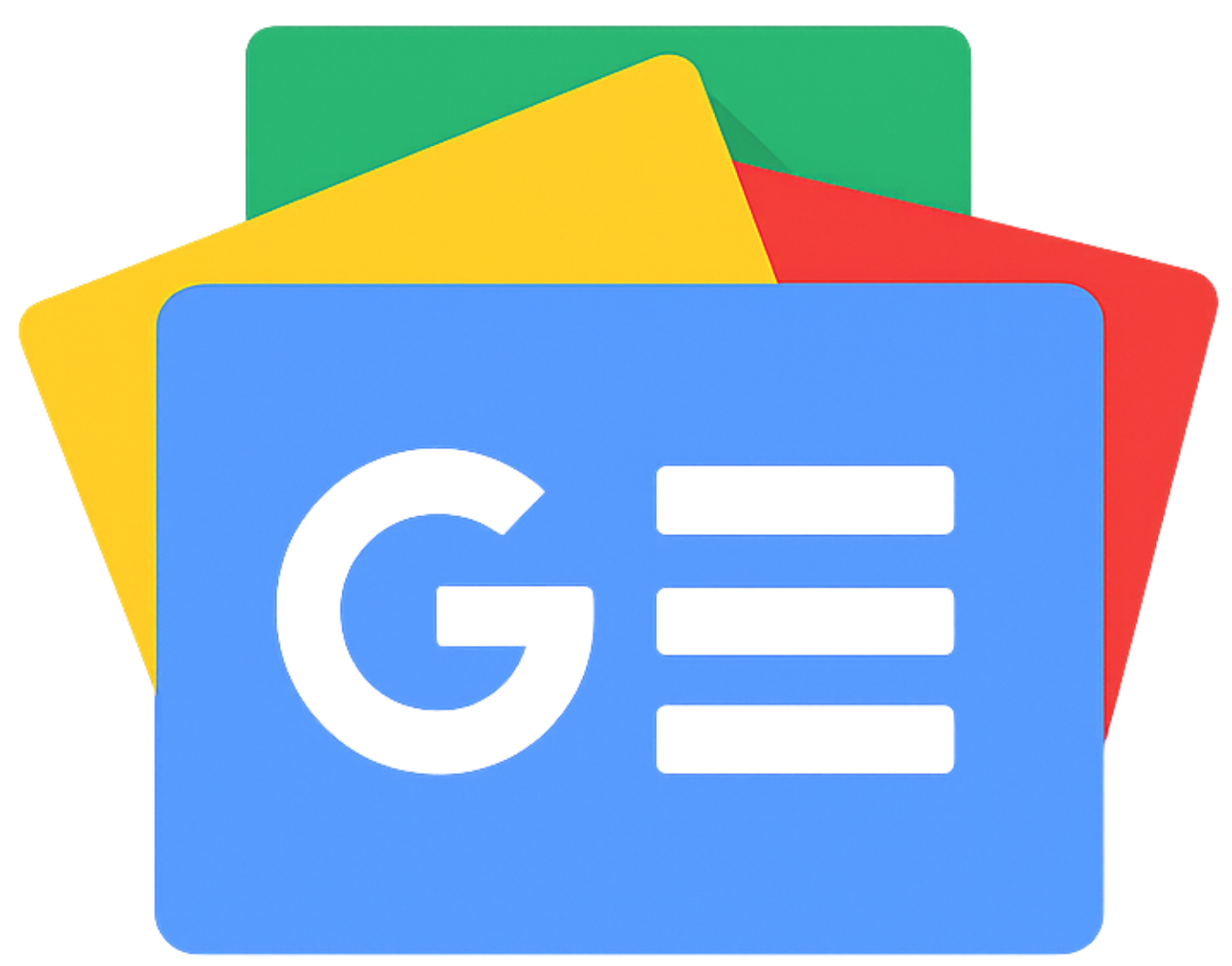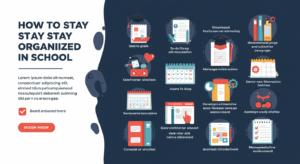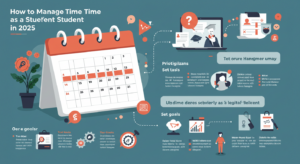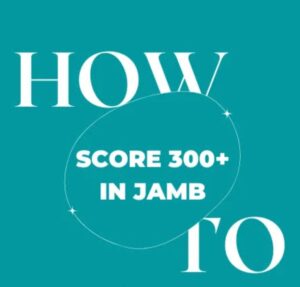
In the ever-evolving landscape of education, the art of note-taking remains a timeless skill. Whether you’re a high school student, a college attendee, or a lifelong learner, taking effective notes is crucial for retaining information, understanding complex concepts, and excelling academically. As we step into 2025, the tools and techniques for note-taking have advanced, but the core principles remain the same. This blog post will explore how to take better notes in class, incorporating both traditional methods and modern innovations.1. Understand the Purpose of Note-Taking
Before diving into techniques, it’s essential to understand why note-taking is important. Notes serve as a personal record of what was discussed in class, helping you to:
- Retain Information: Writing things down helps reinforce memory.
- Organize Thoughts: Notes provide a structured overview of the material.
- Prepare for Exams: Well-organized notes are invaluable study tools.
- Engage with the Material: Active listening and summarizing content deepen understanding.
2. Choose the Right Tools
In 2025, the tools available for note-taking are more diverse than ever. Here are some options:
- Traditional Pen and Paper: Despite technological advancements, many students find that writing by hand enhances memory retention. Consider using a high-quality notebook and pens that you enjoy writing with.
- Digital Devices: Tablets, laptops, and smartphones offer a range of note-taking apps. Popular choices include Microsoft OneNote, Evernote, and Notion. These apps often come with features like cloud syncing, searchability, and multimedia integration.
- Smart Pens: Devices like the Livescribe Smartpen allow you to write on special paper while simultaneously recording audio. This can be particularly useful for capturing lectures verbatim.
- Voice Recorders: If your instructor allows it, recording lectures can be a great supplement to your notes. Apps like Otter.ai can transcribe recordings in real-time.
3. Develop a Note-Taking System
Having a consistent system is key to effective note-taking. Here are some popular methods:
- Cornell Method: Divide your page into three sections: a narrow left column for cues, a wider right column for notes, and a summary section at the bottom. This method encourages active engagement and makes review easier.
- Outline Method: Use headings and subheadings to organize information hierarchically. This is particularly useful for structured lectures.
- Mind Mapping: For visual learners, mind maps can be a powerful tool. Start with a central idea and branch out with related concepts, using colors and images to enhance memory.
- Charting Method: When dealing with comparative information, create tables or charts to organize data. This is especially useful for subjects like history or science.
- Sentence Method: Write down every new piece of information as a separate sentence. This is a straightforward approach but can become disorganized if not reviewed and summarized later.
4. Active Listening and Engagement
Effective note-taking starts with active listening. Here are some tips:
- Be Present: Focus on the lecture, avoiding distractions like your phone or unrelated thoughts.
- Identify Key Points: Pay attention to cues from the instructor, such as repeated phrases, emphasis, or summaries.
- Ask Questions: If something is unclear, don’t hesitate to ask for clarification. This not only aids your understanding but also signals to the instructor that you’re engaged.
- Participate: Engage in discussions and activities. This deepens your understanding and makes the material more memorable.
5. Use Abbreviations and Symbols
To keep up with the pace of a lecture, develop a system of abbreviations and symbols. For example:
- w/: with
- w/o: without
- →: leads to, results in
- ∴: therefore
- e.g.: for example
- i.e.: that is
Create a personalized shorthand that works for you, but ensure it’s consistent and understandable when you review your notes later.
6. Incorporate Visuals
Visual aids can significantly enhance your notes. Consider:
- Diagrams and Charts: For complex processes or relationships, a simple diagram can be more effective than paragraphs of text.
- Highlighting and Color Coding: Use different colors to categorize information, such as main ideas, supporting details, and examples.
- Sticky Notes: Use these for quick reminders or to flag important sections in your notes.
7. Review and Revise
Note-taking doesn’t end when the class does. Regular review and revision are crucial:
- Daily Review: Spend a few minutes after each class to go over your notes. Fill in any gaps and clarify any unclear points.
- Weekly Summaries: At the end of the week, create a summary of your notes. This helps reinforce the material and prepares you for exams.
- Revise Before Exams: Use your notes as a study guide. Highlight key points, create flashcards, or rewrite sections for better understanding.
8. Leverage Technology
In 2025, technology offers numerous ways to enhance your note-taking:
- Cloud Storage: Save your notes to the cloud for easy access from any device. This also serves as a backup in case you lose your physical notes.
- Collaborative Tools: Platforms like Google Docs allow you to share and collaborate on notes with classmates. This can be particularly useful for group projects or study sessions.
- AI Assistance: AI tools can help summarize long texts, generate flashcards, or even predict exam questions based on your notes.
- Augmented Reality (AR): Some advanced note-taking apps now incorporate AR, allowing you to overlay digital notes onto physical textbooks or lecture slides.
9. Stay Organized
Organization is key to effective note-taking:
- Use Binders or Folders: Keep your notes organized by subject, date, or topic. Digital users can create folders and subfolders for easy navigation.
- Table of Contents: For longer notebooks, create a table of contents to quickly locate specific information.
- Index Cards: Use these for quick reviews or to create flashcards for key terms and concepts.
10. Practice and Adapt
Finally, remember that note-taking is a skill that improves with practice. Experiment with different methods and tools to find what works best for you. Be open to adapting your approach based on the subject matter, the instructor’s teaching style, and your personal preferences.
Conclusion
Taking better notes in class is a multifaceted skill that combines traditional techniques with modern technology. By understanding the purpose of note-taking, choosing the right tools, developing a consistent system, and regularly reviewing your notes, you can significantly enhance your academic performance. As we move further into the digital age, staying adaptable and open to new methods will ensure that your note-taking skills remain effective and relevant in 2025 and beyond.
Remember, the goal of note-taking is not just to record information, but to engage with it, understand it, and retain it. With the right approach, your notes can become a powerful tool for learning and success. Happy note-taking!








Leave a Reply